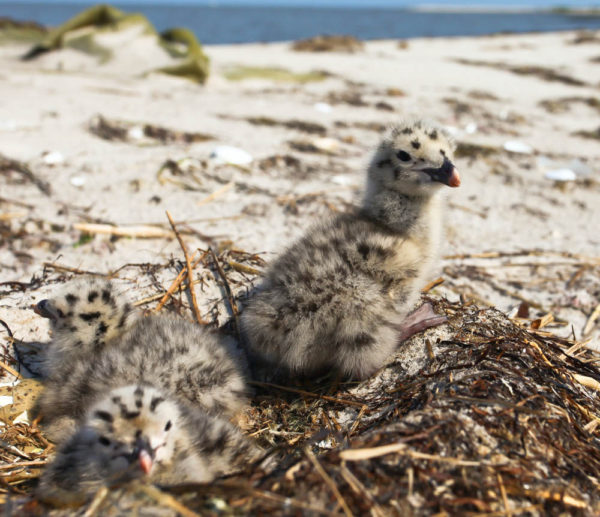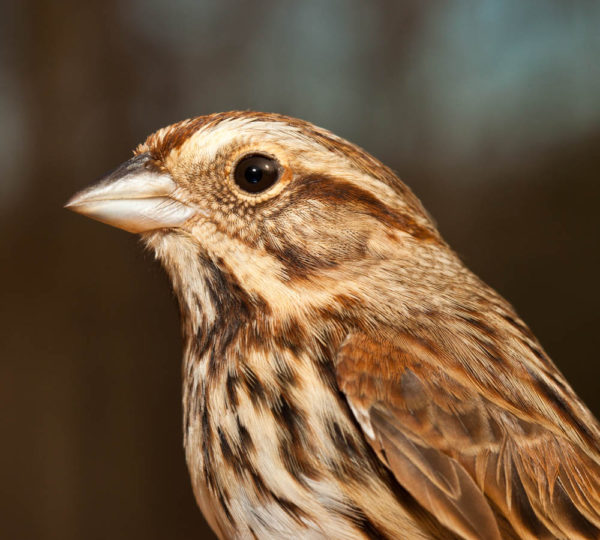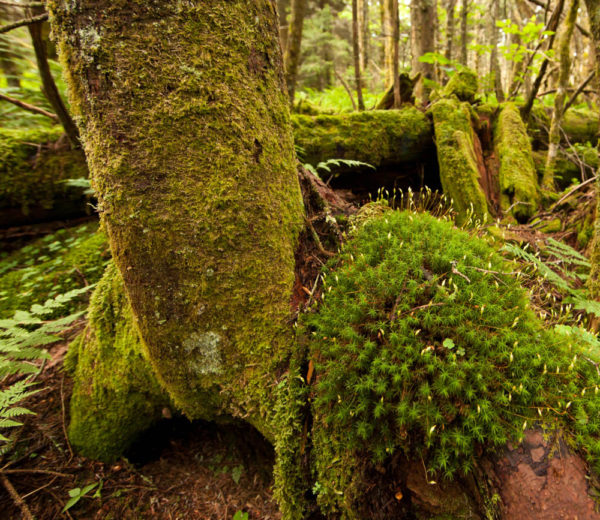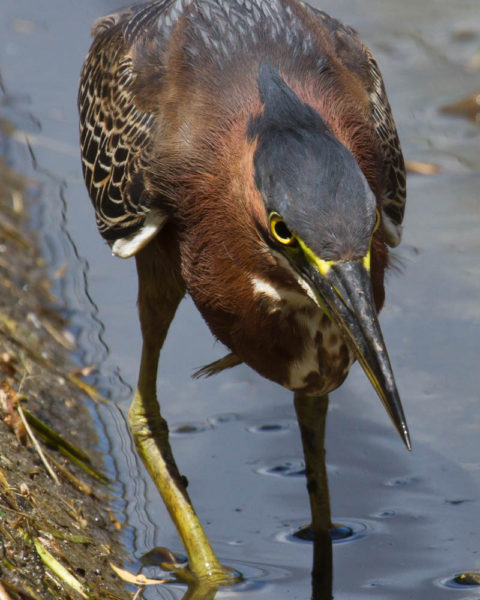Breeding birds of Virginia
Virginia peregrine falcons leap forward
January 5, 2017
Grace Returns to Virginia Beach Jan 8, 2017
January 9, 2017
On 21 May, 2015 the Virginia Academy of Science held a symposium on the campus of James Madison University entitled “State of Virginia’s Environment.” The full-day symposium included sessions on all taxonomic groups, as well as many prominent habitats, geology, water quality, and land use. The meeting provided the opportunity for scientists to gather and discuss current conditions. A forthcoming symposium volume will be available to provide an enduring benchmark. For the various taxa included, the symposium represents the fourth in a series of benchmarks since the late 1970s that have offered historical “point-in-time” treatments. The updated treatment of Virginia’s breeding avifauna produced by Bryan Watts (download available) provides 1) a historical context of information on breeding birds in the state, 2) an update on recent status assessments, and 3) a retrospective analysis of breeding birds of conservation concern.

Great black-backed gull brood near Tangier Island in the Chesapeake Bay. Great Black-backs are one of the Virginia breeding species that is restricted to tidal waters and is a newcomer with first breeding recorded in 1970. Photo by Bryan Watts.
The ornithological record in Virginia stretches back more than four centuries. From the time of settlement at Jamestown in 1607, residents of Virginia and visitors to the state reported on the birds they encountered or were told about by Native Americans. William Strachey, Captain John Smith, Raphe Hamor, Edward Topsell, George Percy, and John Clayton, Vicar of Crofton reported on birds they observed during the 1600s including immense flocks of passenger pigeons and Carolina parakeets. As time passed, early local accounts began to coalesce and were compiled into growing lists that began to provide a more complete assessment of the avifauna within the state. Thomas Jefferson gave an early list of 125 bird species for the “Virginias.” These early treatments led to two significant works that gave a more complete assessment of the breeding birds including William Cabell Rives’ “A catalogue of the birds of the Virginias” and Harold Bailey’s “The Birds of Virginia.” Throughout the early 1900s, a community of bird enthusiasts including academics and citizen volunteers formed, eventually leading to the establishment of the Virginia Society of Ornithology in 1929. One of the stated missions of the organization was “to gather and assemble data on the birds of Virginia.” The long period of “ornithological exploration” in Virginia would eventually come to a close with Murray’s production of “A check-list of the birds of Virginia” in 1952. This benchmark work would be updated in 1979, 1987, and 2007. Incredibly, virtually all of the breeding species that have been added to the avifauna since Murray’s initial checklist have been the result of range expansions into the state rather than new discoveries of long-existing species.

The song sparrow is an example of a common breeding species that is widely distributed across the state. Its song is a regular component of our daily soundscape in summer. Photo by Bryan Watts.
Virginia supports an impressively diverse community of breeding birds. This diversity reflects the latitudinal position of the state and the fact that the border extends from the Atlantic Ocean to the Appalachian Mountains. A total of 224 species have been recorded breeding in Virginia, 214 of which are extant. Twenty species have colonized the state since 1900, including 14 since 1950. Of all extant species, 102 (48%) are considered common at least somewhere in the state and 64 (30%) are rare to very rare. Diversity varies by physiographic region with 179 (83%), 168 (78%), and 141 (66%) in the Coastal Plain, Mountains, and Piedmont respectively. Two major landscape features make significant contributions to the state-wide diversity, including tidal waters along the coast and isolated spruce-fir forests of the Appalachians that represent Pleistocene-era relicts. In all, nearly 25% of the state-wide avifauna is either wholly or nearly confined to tidal water and 10% is confined to “sky island” refugia.

The deep, wet spruce forests found on high altitude peaks of the southern Appalachians such as shown here at the summit of Mount Rogers support a Pleistocene relict community that is common farther north in the boreal zone. Photo by Bryan Watts.
Since 1978, 25 species of birds throughout Virginia have been identified as requiring immediate conservation action. A retrospective assessment shows that five of these species including osprey, bald eagle, peregrine falcon, brown pelican, and piping plover have recovered to or beyond historic numbers. Three species including Bewick’s wren, Bachman’s sparrow, and upland sandpiper have been lost from the state, and the black rail, loggerhead shrike, and Henslow’s sparrow are in imminent danger of extirpation. Several species including the peregrine falcon, piping plover, Wilson’s plover, and red-cockaded woodpecker are the focus of intensive monitoring and management programs.

The green heron breeds widely throughout Virginia. Due to its scattered occurrence it represents one of the most difficult waterbirds to estimate population size. Photo by Bryan Watts.
Breeding bird populations in Virginia are dynamic. Many have changed in size and distribution over recorded time along with shifts in habitats and other factors both within and beyond the state’s borders. The ever-changing nature of these populations and the underlying causes are what make bird study in the region so challenging and exciting.
Written by Bryan Watts | bdwatt@wm.edu | (757) 221-2247
January 6, 2017



